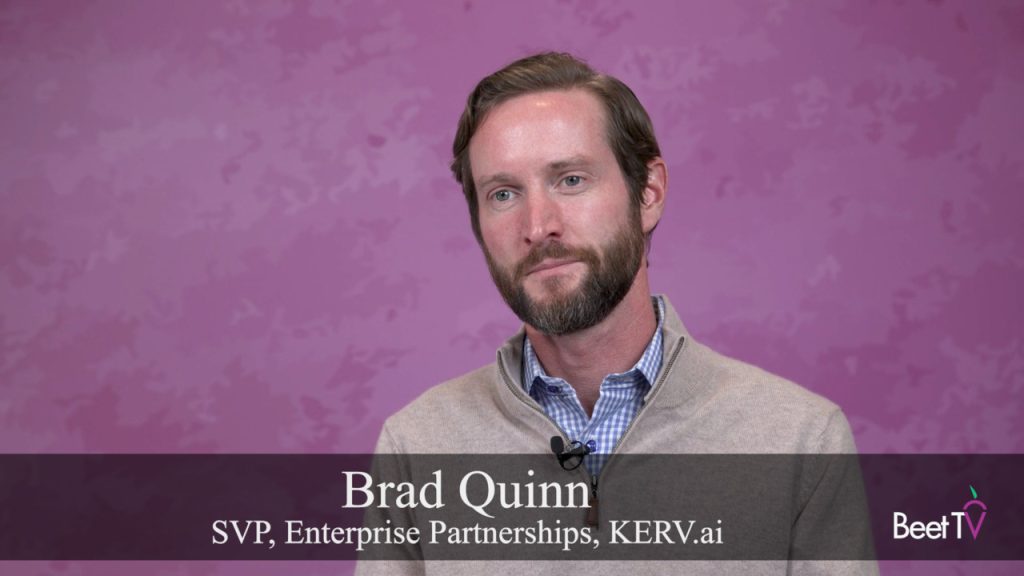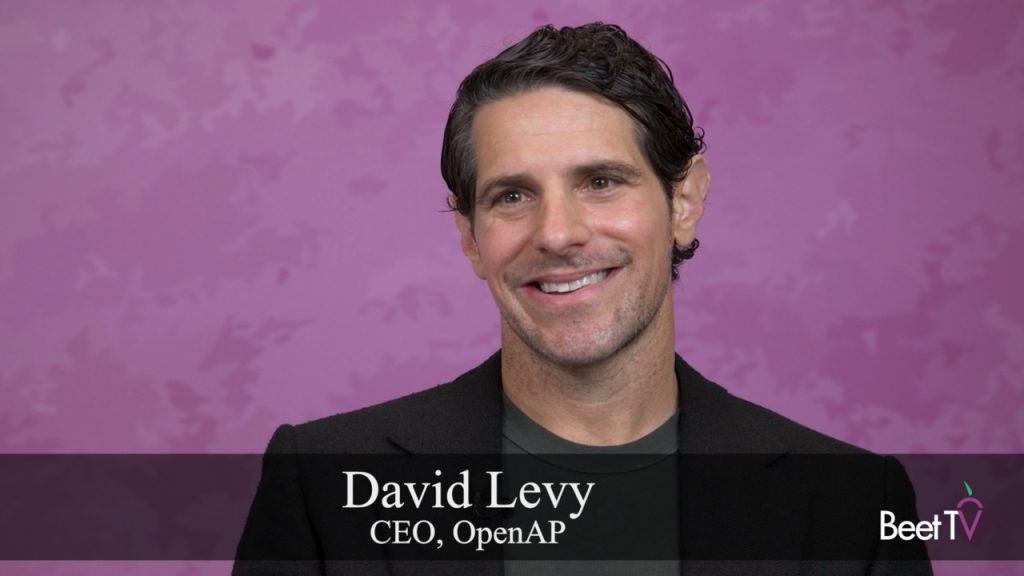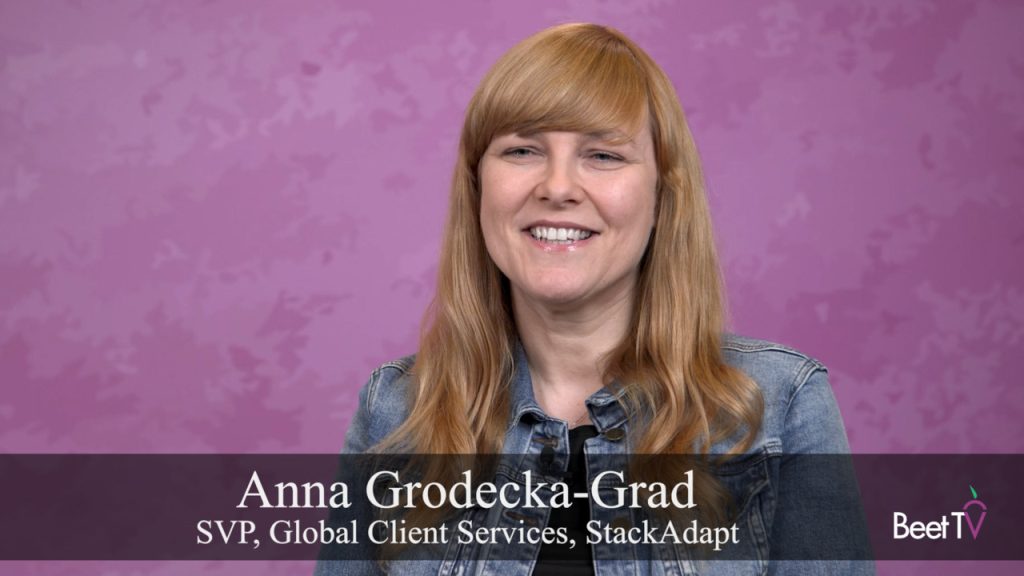While low-quality inventory has plagued online advertising for some time, fraudulent advertising is relatively new but is growing, says Scott Knoll, CEO of brand safety technology firm Integral Ad Science, during an interview with Beet.TV. “Video is a big area because it has higher CPMS, but you’re not always getting what you pay for. Fraud is an ad that has no chance of being seen by a human, while low-quality ads are just low-quality ads,” he says in explaining the difference.
The amount of fraud is increasing, though it’s hard to pinpoint how much traffic is fraudulent. Nonetheless, fraudsters are increasingly relying on botnets to create the appearance of legitimate traffic on web sites. Ads can then be sold via ad exchanges on fake sites as a result of this fraudulent traffic. “Botnets are new and getting attention, and they direct people to a web site and get credit, and inventory is purchased and changes hands but no human saw it. Bots purposely scroll the ad into view for a long period of time to make sure the whole ad is seen and then stop there. Every metric we use in the industry, the bots are figuring out how to back into.”
The level of fraud varies with sites. “If a site has fraud that doesn’t mean it’s a bad site. A lot of times a site doesn’t know it has it. We see it across the board. But where the money is made is where we need to stop it,” he says. That’s usually in fake sites that are monetized with layers of money laundering surrounding fake ads, he says. Integral Ad Science aims to provide metrics for buyers and sellers to use to understand how to buy and sell ads in this environment.


























